Growing Snap Beans |
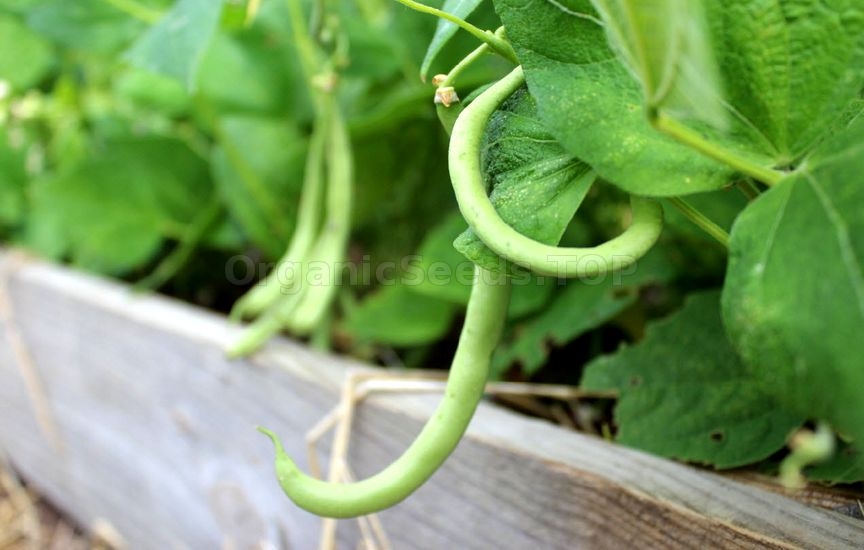 Whether you are planting your first vegetable garden or have years of experience behind you, growing snap beans should be at the top of your garden to-do list. Dependable and easy to care for, snap beans are also among the most productive veggies you can grow. Snap beans mature quickly, too, and almost everyone – including kids – loves fresh snap beans. Are all snap beans alike?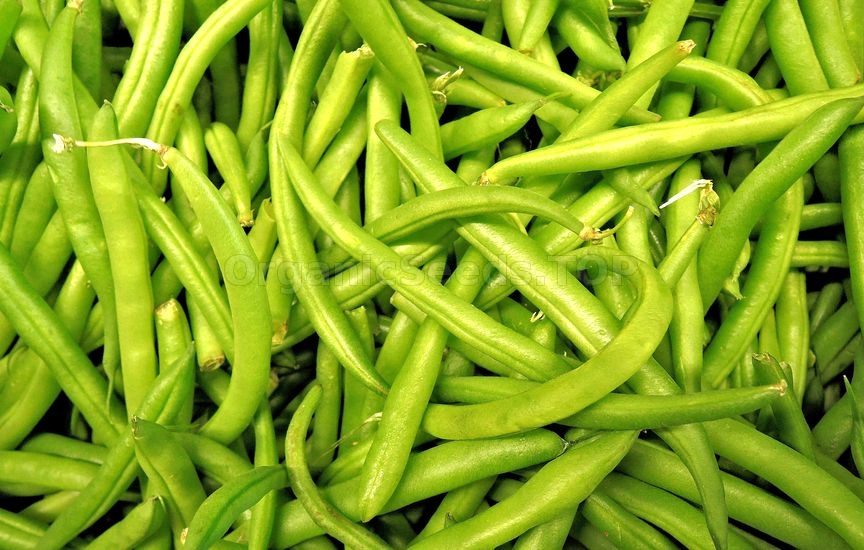 Not at all! Snap beans come in a huge range of sizes and colors, because any immature bean with pods that taste good when “snapped” into pieces is a snap bean. Snap beans vary in growth habit, too. Pole-type beans such as asparagus bean need a sturdy tall trellis to hold the plants. Bush-type beans such as Blue Lake need less up-front set-up and are fast and easy to pick. They are good for spaces where you don’t have the height for a bean trellis.
Soil, Planting, and Care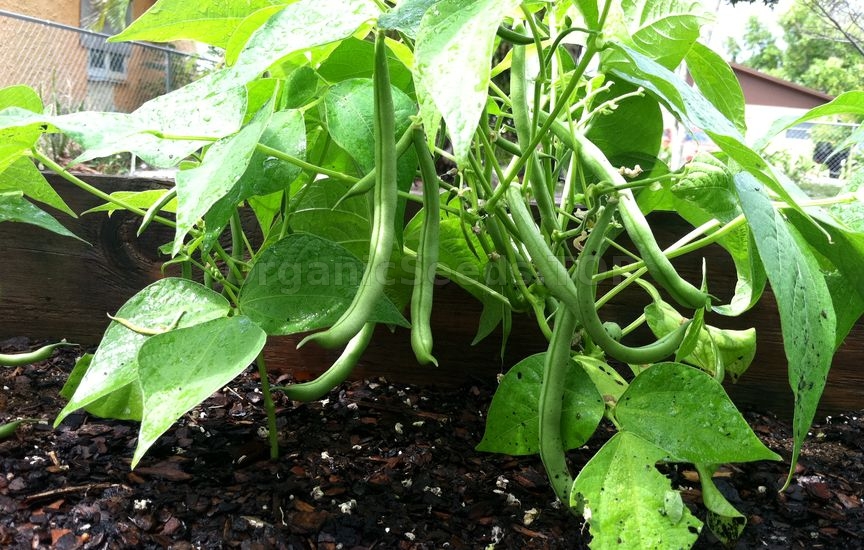 Snap beans are easy to grow in any warm, well-drained soil, but they must have warmth. Wait until after your last frost has passed to set out the plants, then space them about 8 inches apart. A double row, in which 2 rows of plants are grown with 12 inches between the rows, will produce the most beans per square foot.
For a steady harvest all summer, set out a second set of plants 3 to 4 weeks after your first planting. Before setting out the plants, mix a 3-inch layer of compost into the soil. By teaming up with bacteria in the soil, beans create their own nitrogen – the most important nutrient plants require if they are to make strong new growth. Keep beans weeded, and mulch over the spaces between plants to conserve moisture and reduce problems with weeds. Mulch also helps keep the pods clean, which is a terrific convenience with snap beans. Troubleshooting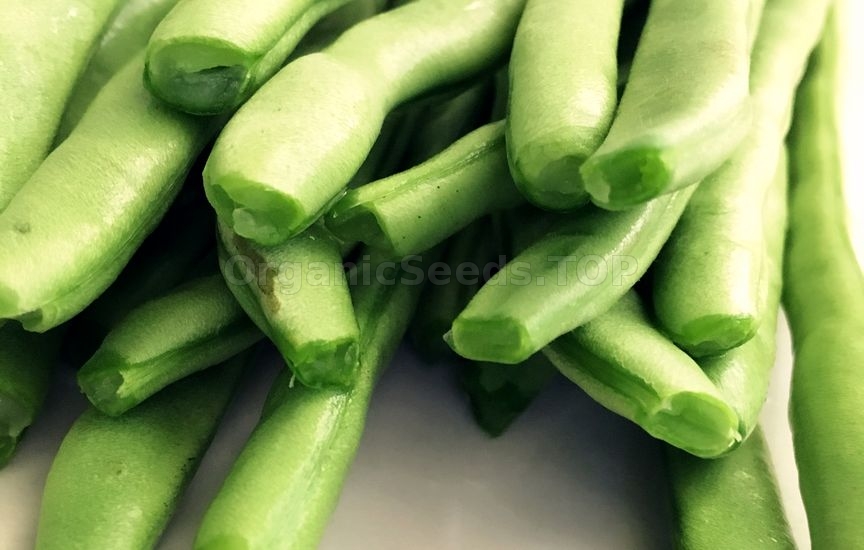 New garden beds made in areas that were previously covered with grass often host a hidden danger for snap beans: cutworms. These earth-colored caterpillars are active at night, and often kill seedlings by girdling their main stems, making them look like little felled trees. The easiest way to prevent cutworm damage is to encircle each plant with a rigid “collar” as soon as it is transplanted.
To make cutworm collars, cut an 8- to 10-ounce plastic cup or similar size container into 3-inch-tall rings. Pop them around the plants, making sure you push them into the soil about an inch deep. Another easy way to prevent cutworm damage is to use small strips of aluminum foil to sheathe the base of each stem. After snap beans have been growing in your garden for a couple of weeks, their stems become so tough that cutworms can no longer damage them. Slugs and snails often make holes in bean leaves, and Japanese beetles like to eat leaves, too. Slugs are easily trapped in shallow containers filled with beer or a mixture of sugar water and yeast, or you can treat the area with a slug bait approved for food gardens in order to bring serious infestations under control. Products that use iron phosphate as their active ingredient are considered organic. Use row covers to protect plants from Japanese beetles. Snap bean pods that dangle to the ground can rot, but mulch helps prevent this. Harvest and Storage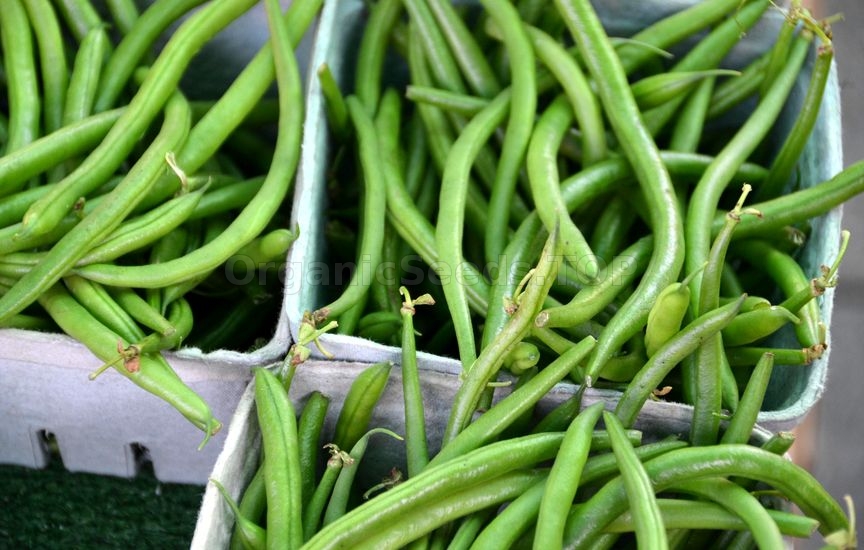 You may pick snap beans when they are very young and serve them as baby snap beans, or you can wait until they reach full size for a more bountiful harvest. Use two hands to pick, because heavily-laden bean stems are easily broken. Don’t yank on the pods; hold the stem in one hand and pick with the other. Pick every other day when the beans begin bearing to make sure that they produce to their full potential. 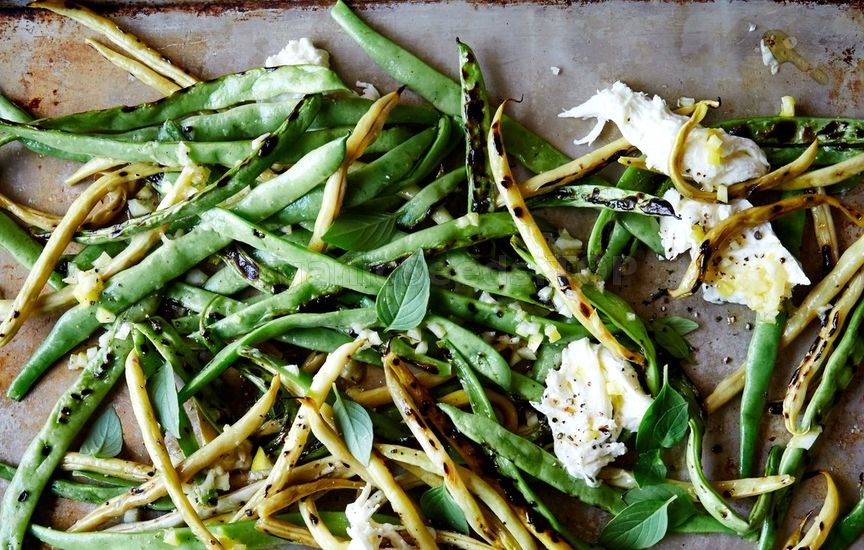 Healthy bush bean plants will often rebloom and produce a second (or third) flush of beans when growing conditions are especially good. Blanching and freezing is the easiest way to preserve a bumper crop of snap beans. Blanch them in boiling water for 1 minute and then quickly cool them in ice water. This process brightens and fixes their color while preserving the crisp texture of the pods. |
|
|
